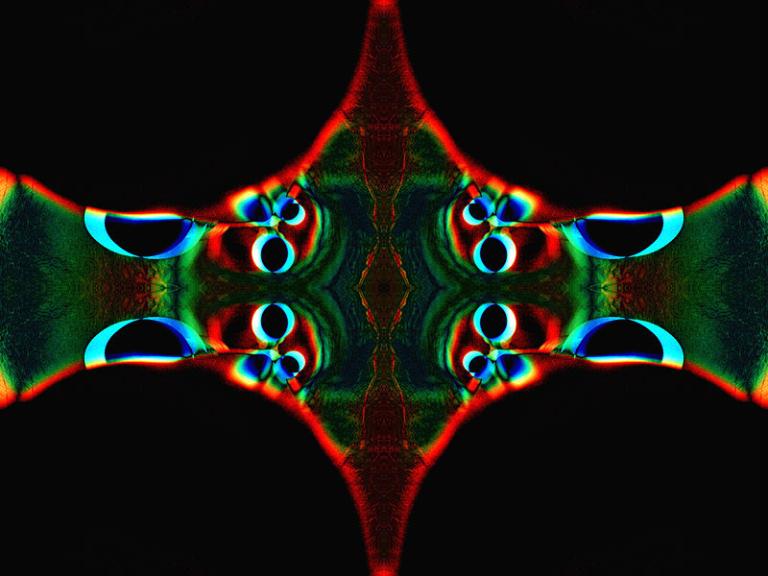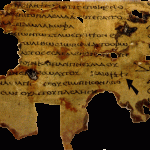
A remarkable photo essay in the January 2015 issue of Scientific American, entitled “Living Large” — you can see the first paragraph or two, and the first image, online here without subscribing — features images of quite astounding beauty.
They’re pictures of bone and cervical cancer cells, barnacle appendages, the hind legs of an insect called a “plant hopper,” retinal cells, fossil marine plankton, plant vasculature, a crab spider, a developing Japanese eel, a rat’s brain, skin cancer, and the tongue of a house cricket.
Does the intricacy and even beauty of even such items as these tell us anything about the nature of the universe?
In a perhaps related vein: Paul Dirac, an important early researcher in quantum mechanics (and a 1933 Nobel laureate in physics), was once asked the secret of his success as a theoretical physicist and applied mathematician. He replied that, whenever he found himself confronted with multiple potential explanations for some phenomenon or other, he always pursued the hypothesis that seemed to him most beautiful, most elegant.
***
“For the scientist who has lived by his faith in the power of reason, the story ends like a bad dream. He has scaled the mountains of ignorance; he is about to conquer the highest peak; as he pulls himself over the final rock, he is greeted by a band of theologians who have been sitting there for centuries.” (Robert Jastrow [d. 2006], agnostic physicist, astronomer, and cosmologist, commenting on modern cosmological discoveries at the conclusion of his book God and the Astronomers [New York: W.W. Norton, 1978])
***
“As we survey all the evidence, the thought insistently arises that some supernatural agency — or, rather, Agency — must be involved. Is it possible that suddenly, without intending to, we have stumbled upon scientific proof of the existence of a Supreme Being? Was it God who stepped in and so providentially crafted the cosmos for our benefit?” (George Greenstein, Sidney Dillon Professor of Astronomy at Amherst College, in his book The Symbiotic Universe [New York: William Morrow, 1988], 27.)
***
“I would say the universe has a purpose. It’s not there just somehow by chance.” (Roger Penrose, Rouse Ball Professor of Mathematics Emeritus, Mathematical Institute, University of Oxford; mathematical physicist and philosopher of science; co-winner, with Stephen Hawking, of the 1988 Wolf Prize in physics)
Posted from Paris, France











